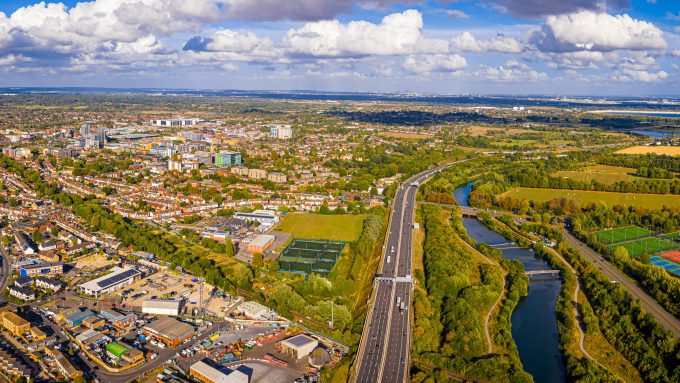
The net zero promise of Mobility as a Service (MaaS)

Re-mode: Shift popular modes of travel to zero or low emission ones such as walking, cycling, public transport or car-pools with higher vehicle occupancy.
Re-route: Organise the transport network more efficiently, ensuring it avoids congested areas
Re-time: Encourage travel in non-peak hours, reducing journey time and emissions
Reduce: Encourage change that reduces the need to travel, such as working from home or hybrid working opportunities. 2
Yet as a recent study by Urban Institute of Transport Planning (UITP) illustrates, car ownership is the biggest barrier to a multimodal and sustainable transport.
Mobility as a Service (MaaS) offers policy makers a new tool for change. MaaS has the potential to make behaviour change easier by delivering what customers need (i.e., to get from point A to point B) in a convenient way, when it suits them, and at a reasonable cost.
While fully integrated MaaS solutions are currently rare, there is evidence that even the building blocks of MaaS can change behaviours. For instance, a 2015 study of New York City found that real-time information increased weekday ridership on long route buses by 1.7%.4
Reducing the friction that consumers face in choosing and using different modes of transport gives MaaS providers a new opportunity to influence who travels where, when and by what means. There is another sector which has specialised in this sort of customisation and driven behaviour change on a mass scale – online retail.
Amazon’s dominance in the world of online retail is driven by two complementary forces – convenience and customisation.
However, despite years of anticipation, MaaS is not rolling out at the pace many expected. Entrants into this sector are still struggling to identify successful business models, with most of the financing coming from either research grants, venture capital, or the public sector.
New business models, services and spatial planning which manage down demand for carbon intensive activities, for example through behaviour change strategies.
The introduction of new technologies to realise step changes in those sectors with the highest contributions, particularly in heavy transport and logistics.
We can engineer out unwanted behaviours by designing for different ones. But there are also structural reasons why places have the environmental impacts they do, grounded in the interplay between the different systems which make a place work.
In the 2019 “Demand Modelling and Assessment through a Network Demonstrator” project, Connected Places Catapult in collaboration with the UK Department for Transport developed a large-scale agent-based model (ABM), representing the North East of England in order to investigate the impact of new technologies or modal options on travel behaviours and transport choices.
The tool can be used to assess and evaluate the potential impact of various policy choices and investment decisions – to help support the roll-out and uptake of more sustainable choices such as multi-modal mobility-as-a-service, shared mobility and electric micro-mobility solutions.
Helping to spark progress
The way that people and goods move in the future will be a key determinant of achieving net zero targets. Through our Intelligent Mobility Accelerator and strategic partnerships with the Department for Transport, HS2 and others, we are creating opportunities for UK businesses to develop, demonstrate and scale innovative mobility solutions in the UK and globally.





